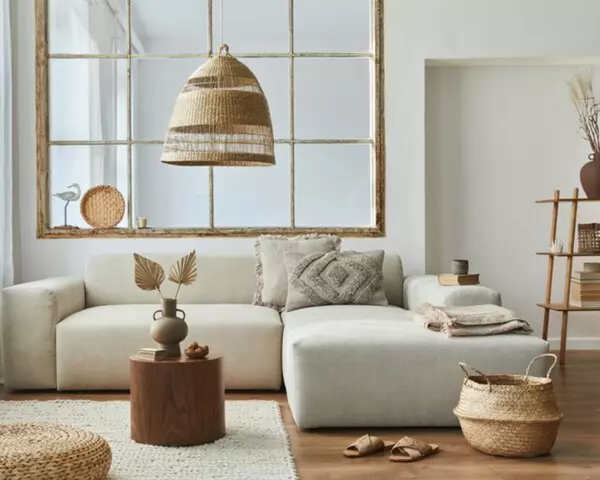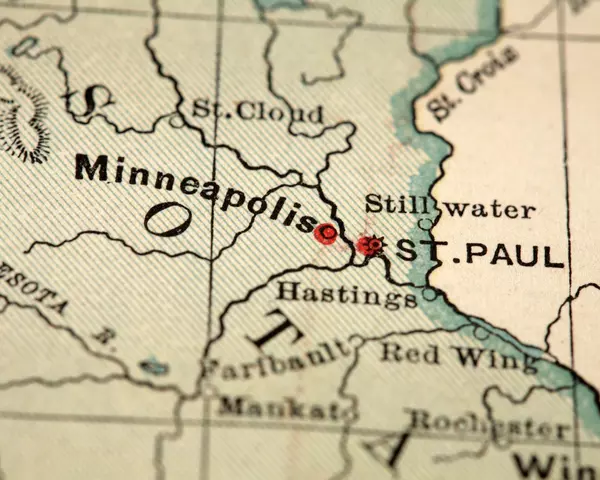Minneapolis House History
Minneapolis, incorporated in 1867, is a large midwestern city that has grown and developed over the last one hundred and fifty years. The city has come to be known for its unique neighborhoods, parks, and lakes ("The City of Lakes). The blocks in the city have gone through numerous developments and transformations over the years. Today, Minneapolis is a vibrant city with a rich history, and the real estate market is no exception.
The area was initially settled as an important military outpost in the early 1800s (Fort Snelling), Minneapolis grew and flourished with the lumber milling industry which utilized the power of Saint Anthony Falls. From 1848 to 1910 Minneapolis was a national leader in lumber production and was dubbed the "Sawdust Town". Later, beginning around 1880, Minneapolis established itself as a national leader in flour production (also centered around Saint Anthony Falls). These twin industries were a significant factor that contrubuted to the growth and development of early Minneapolis.

By 1917 much of Minneapolis' street grid had been planned out (pictured left), factoring in planned parks, which often centered around its many lakes. Developers would often develop one or two blocks at a time creating a patchwork of house styles that give neighborhoods much of their charm. Development generally radiated out from the central downtown area. Seward neighborhood, for example, was largely developped between 1888 (when the Franklin Avenue bridge was opened) and 1930 when the area had been built up into a fully developed neighborhood. Neighborhoods in the further reaches of Minneapolis, such as Shingle Creek, Kenny, and Waite Park had largely developed by the 1960s leaving only pockets for later development. Today, there are 87 official neighborhoods within the city limits.
Several different styles of homes were popular during the 70 year period that Minneapolis was built up. Craftsman, Tudor, Bungalow, Spanish, and Post-War are some of the many styles of homes you will find in the city. Each one has its unique characteristics and different streets and neighborhoods have differing concentrations of each kind depending on what was in demand at the time. Some developers built whole blocks in the same style giving a more uniform look while others built 'build-to-suit' homes creating blocks with varied mixtures of styles.

Different eras of home construction also meant many different materials, standards, and internal layouts. For instance, homes built before 1930 were often made with "balloon construction" blue prints, using 'knob and tube' wiring, and stone foundations. Understanding how these different components of homes factor in to a homes' current condition is important to avoid future mitigation costs. Today, many of the older homes have been updated and remediated, however, it is still common to run into one or more of these items when viewing a house and it can greatly impact the value of the home.
Today, Minneapolis' real estate market is in high demand given its proximity to the jobs in the downtown area, neighboring suburbs and close communities with easy walkability (nearby stores, restaurants/cafe's, etc.). Median single family home prices (numerical middle when each sale is reported from smallest to largest) in Minneapolis for June 2023 is $326,000. Meanwhile average single family home prices (all sales prices combined and divided by the number of sales) in Minneapolis for June 2023 is $390,540. Median prices help bring context to the more likely home price whereas average prices will factor in the few exceptionally expensive homes (multi-million dollar homes) and is genreally skewed higher.
Whether you are a buyer or a seller, Minneapolis's real estate market offers a wealth of opportunities, and it is one of the best places to invest in property. We cannot know what the future holds, but the past plays a key part in shaping our future. Understanding Minneapolis historical development, including its neighborhoods, styles, and building materials helps equip the interested buyer or seller of a home in Minneapolis with tools to meet their needs. Whether you are looking to buy a certain style of home, concerned with affordability, considering walkability, or just exploring this is useful information to build reasonable expectations which ultimately result in the success of your home buying or selling endeavor.
Categories






